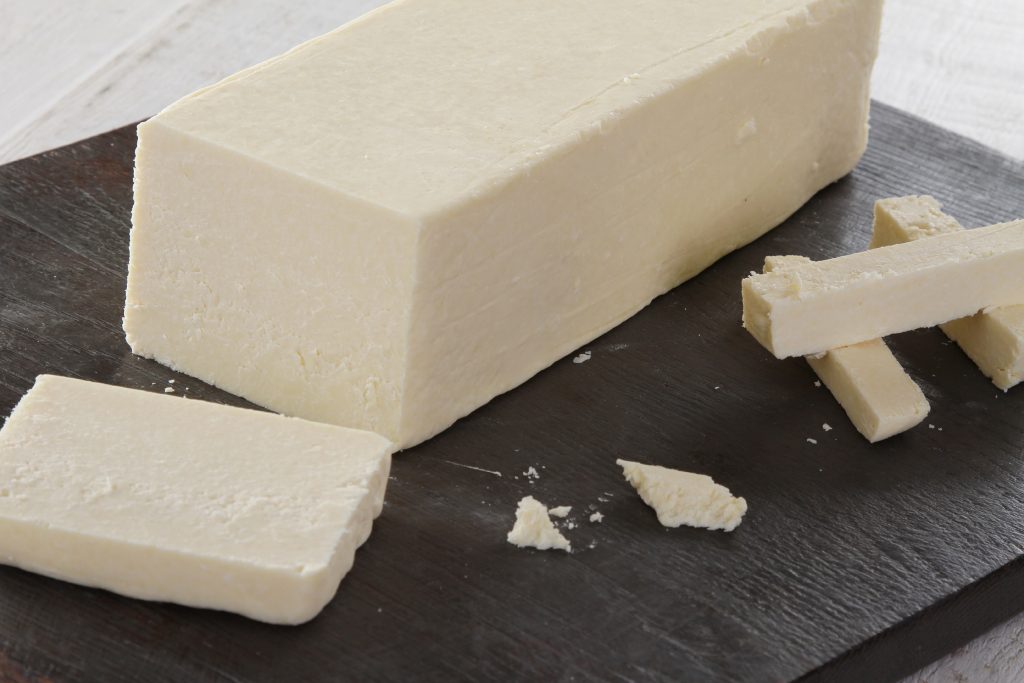Maturing cheese is essential to the cheese making process for the majority of varieties available, without it you wouldn’t have the distinct and delicious flavour of cheese. How long you leave a cheese to ripen, where you leave it and what you use to help the process along will all contribute to how strong or mild the flavour will ultimately be.
We have already explored the process of how milk becomes cheese, but once you have your block of cheese, the process of cheesemaking is not yet over. Here we explore what happens after cheese has been made, but before it is placed on the shelves of your local supermarket.

Maturing cheese
First and foremost the quality, taste and texture of a cheese is all dependent on the environment in which they are matured. Ensuring that temperature and humidity is carefully monitored is an essential part of the process.
Within the first few months following cheese production, the cultures that were added to the milk in the first stages of the cheese making process begin to multiply. These cultures eat the lactose within the milk, transforming it into lactic acid. Without the lactic acid that is made during this time you wouldn’t have that tell-tale tanginess that comes with many cheeses, and subsequently the tanginess (such as Cheddar) will provide an indication on how long the cheese has been left to mature.
The second stage of maturing comes from a chemical process called ‘proteolysis’. This is the stage at which the rennet that was added during the initial stages to join the protein chains, begin to break down. The links that make the chains within the cheese are made of amino acids, and as each of these break into small pieces the flavour and the texture of the cheese changes. Without this process we wouldn’t have those delicious cheese products such as smoked Cheddar, Camembert, Brie and so many others.
Fun facts about maturing cheese
- The way in which a cow was fed determines the colour of the cheese, milk from grass fed cows will result in a yellow cheese, milk from silage fed cows will produce a white cheese
- Whilst these days most ripening is carried out in large factories, cheese used to be stored in caves. Blue cheese Roquefort is in fact still matured in caves in the south of France
- If a cheese has been left to mature for 8 months, all lactose will have been transformed into lactic acid and is therefore safe to eat for those that are lactose intolerant
Our team of expert cheesemakers here at JS Bailey work tirelessly to ensure that all cheese products that we produce are made to the highest possible quality, in state of the art machinery specifically designed for producing and maturing cheese products of all varieties. Contact our team today with your business’ wholesale cheese requirements.

